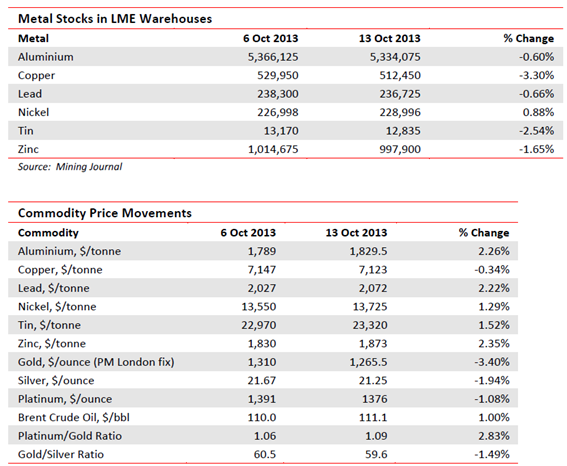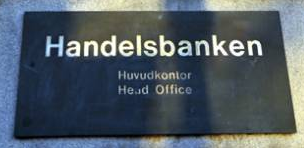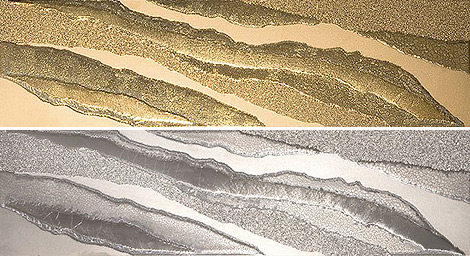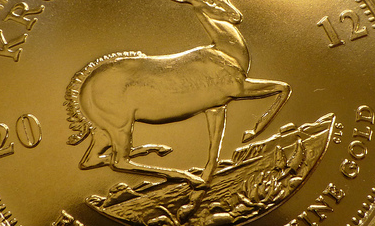Nyheter
David Hargreaves on Exchange Traded Metals, week 41 2013
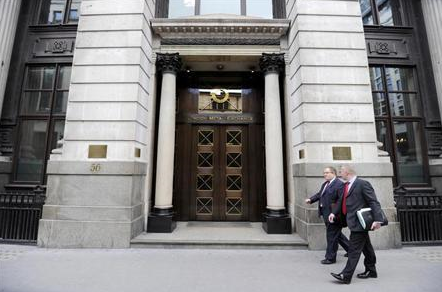
 A week which saw warehouse stocks directionless, but a further fall in tin and prices of all bar copper nudge up, also had London hosting “LME Week”. Once a year in come the great and the good whose livelihoods depend on the market for the most important traded base metals, via the world’s largest clearing house, the London Metal Exchange.
A week which saw warehouse stocks directionless, but a further fall in tin and prices of all bar copper nudge up, also had London hosting “LME Week”. Once a year in come the great and the good whose livelihoods depend on the market for the most important traded base metals, via the world’s largest clearing house, the London Metal Exchange.
It culminates n a dinner where traditionally the speakers attempt to outdo each other in the boring stakes. This year it was a bit different because the exchange is now owned by the Chinese. Its CEO, Charles Li, spoke of looking beyond the offering of base metals, partnering with other bourses and increased access to China. Opinions were mixed on the direction of the metals, but most agreed the aluminium surplus will only be corrected by production cutbacks, that nickel, too, has a long term malaise look about it and copper supply, also, has been overdone. The warehousing system rightly came under fire. There are long delays getting materials out and consequently delivery premiums have risen. In the first nine months of 2013, over 3Mt moved in and out.
Aluminium. America’s Alcoa (AA.N $8.32; Hi-Lo $9.37-7.64) maintains its position in the top three for bauxite, alumina and refined metal and managed to turn out some credible results for the financial year end. Net income was $24M (2012 loss $134M) on slightly decreased sales. Noted was that the metal price has halved since 2008, so this performance was all about productivity gains. Well done.
Back to the LME. Its most valuable contract by value is probably aluminium. It was only launched in the early 1980s. Prior to that the US producer price held sway. It was never very popular since its mechanism was mostly unions asking for a wage increase, management conceding and sticking it on the price. Also, and still persisting, is the nonsensical habit of quoting in dollars per pound weight. With 40Mtpa mined, bought and sold (that is $80 bn) and the swap unit being tonnes, it makes no sense at all. Still, the Chicago Mercantile Exchange or CME intends to launch a rival contract to the London-based one. They have grounds given the recent problems but it could lead to a disorderly market or great arbitrage opportunities.
WIM says and we remember: The LME had the good sense to start pricing in dollars, the universal currency. If you, CME do launch, PLEASE make it tonnes and not lbs. If you insist on the latter, why not step-up to the plate with kilograms (don’t miss And Now Some Things… this week).
Nickel. It is the conference season in mining. They have just had one on nickel in Australia. Why not, world No 4 with 11% of production? Most of it comes from WA so that state’s Mines Minister had to put a spin on it. He says the price will return to its ‘former glory in the coming years’. Nothing like hedging your bets. He then SOTBOed his way through State and Federal reforms, innovation and have another tinnie. With respect, we would remind Mr Marmian (for it is he), that the price of nickel has had only two spikes above its present level since 1957. The unprecedented one of 2006-09 saw it transiently top $50,000/tonne (OK, CME 90c/lb), followed by an Eiger-like fall below $10,000. Today’s c.$13,800 is not life threatening. Just live within your means. Speaking of which, G-X and Vale who together have a grip on the production from the starter and most prolific area, Canada’s Sudbury basin, are said to be talking about joint activities. That could make sense as they speak for half of the country’s output. At Australia’s Paydirt Conference, one analyst nailed $8/lb (here we go, that’s c. $18,000/t) to the mast for post-2014
WIM says: Don’t rely on the post.
Copper will not go gently. It is nosing into surplus as Chinese demand softens but new developments continue apace. Chile’s CODELCO, at 12% of world output from the second largest producing country (17%) is gearing up. It is stateowned.
The government has sold $950M in international bonds, on a 5.775% yield, to help the cash-strapped miner. CODELCO has a $27 bn (no misprint) investment plan to keep it ahead of the game. This year, however, it will only be $4.0-4.5bn. Chile expects to produce c.5.7Mt of copper this year, 5% up on 2012, or 5.53Mt.
Peru’s Las Bambas Mine. This country remains a good jurisdiction although the natives are getting a little restless and el presidente has a colourful capitalist history (mining mostly) for a born-again socialist. The country houses the potentially major Las Bambas copper mine, on which we have reported previously. It belonged to Glencore, which has been forced to divest as part of China agreeing to the merger with Xstrata. OK, so far? So it is on the blocks. Well under development, they speak of it being worth $6 bn to date. Open to bidders, the favourites are Chinalco and Minmetals. Wonder where they spring from? Las Bambas is slated to produce 0.45Mt per year in its first five years and 300,000tpa thereafter. That puts it right up there with Antofagasta and Norilsk; also said to be sniffing is Newmont.
[hr]
About David Hargreaves
David Hargreaves is a mining engineer with over forty years of senior experience in the industry. After qualifying in coal mining he worked in the iron ore mines of Quebec and Northwest Ontario before diversifying into other bulk minerals including bauxite. He was Head of Research for stockbrokers James Capel in London from 1974 to 1977 and voted Mining Analyst of the year on three successive occasions.
Since forming his own metals broking and research company in 1977, he has successfully promoted and been a director of several public companies. He currently writes “The Week in Mining”, an incisive review of world mining events, for stockbrokers WH Ireland. David’s research pays particular attention to steel via the iron ore and coal supply industries. He is a Chartered Mining Engineer, Fellow of the Geological Society and the Institute of Mining, Minerals and Materials, and a Member of the Royal Institution. His textbook, “The World Index of Resources and Population” accurately predicted the exponential rise in demand for steel industry products.
Nyheter
Mängden M1-pengar ökar kraftigt

Den globala tillgången på pengar ökar kraftigt. Mängden M1-pengar i Kina ökade med 4,6 procent jämfört med året tidigare och är på en ny rekordnivå. Även ökningstakten mot tidigare i år är högre. Kinas M1-mängd är nu dubbelt så stor som USA:s. Kinas M1 står nu för 33 procent av G10:s totala M1, vilket innebär att Kina nu är en betydande drivkraft till att öka den globala likviditeten.
Kommer stimulanserna att skapa inflation?
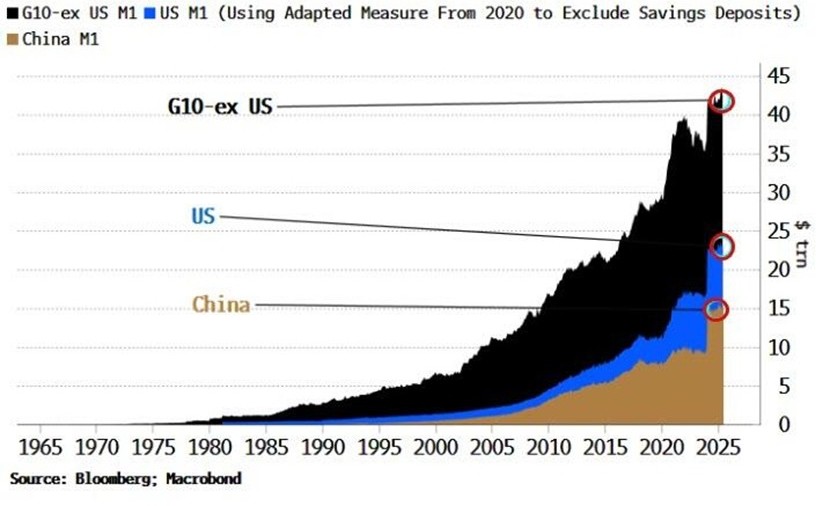
Nyheter
Fusionsföretag visar hur guld kan produceras av kvicksilver i stor skala – alkemidrömmen ska bli verklighet
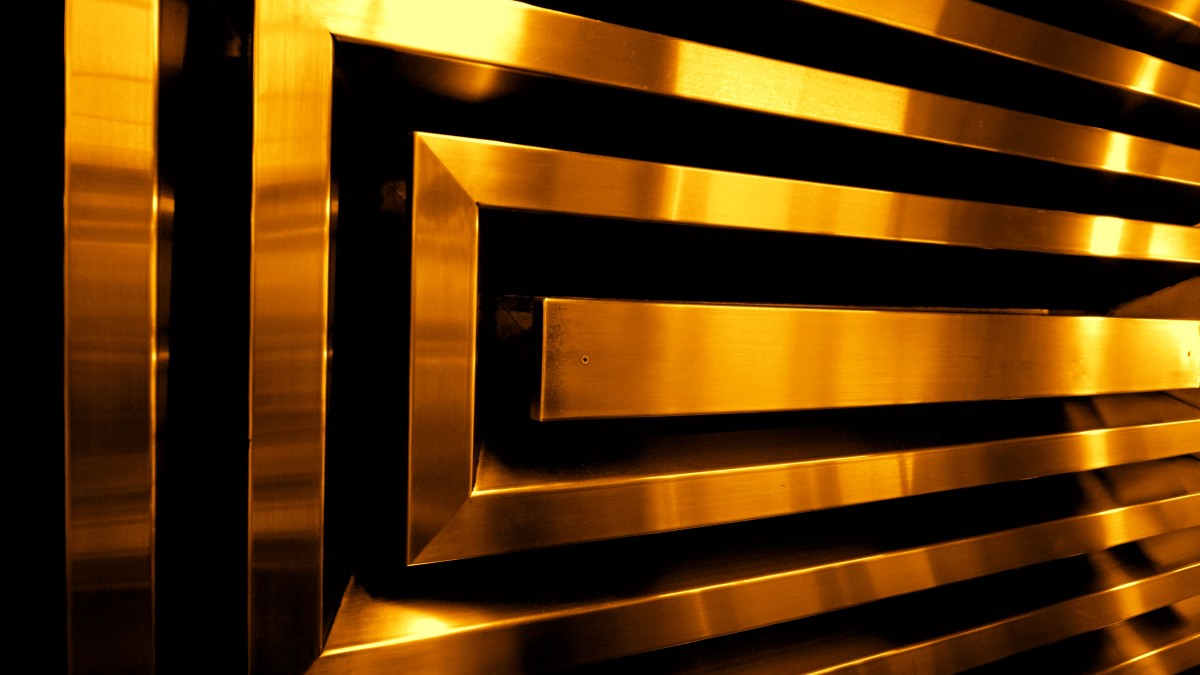
Marathon Fusion i San Francisco har presenterat en lösning på hur alkemin att producera guld kan förverkligas. Detta genom att transmutera kvicksilver till guld. Det hela uppmärksammas även av Financial Times.
Marathon Fusion har tillkännagivit en lösning på alkemins tusenåriga stora utmaning: transmutationen av guld. Företaget uppger att deras metod är massivt skalbar, praktiskt genomförbar och ekonomiskt oemotståndlig.
I deuterium-tritium-fusion driver högenergetiska neutroner ”multiplikationsreaktioner” för att sluta bränslecykeln genom att producera det tritium som behövs för att upprätthålla driften. Genom att använda dessa neutroner för att driva en multiplikationsreaktion på kvicksilver-198, producerar företagets metod kvicksilver-197 som sedan sönderfaller på några dagar till den enda stabila isotopen av guld.
Med företagets metod kan kraftverk generera 5 000 kg guld per år, per gigawatt elproduktion (~2,5 GWth), utan att kompromissa med självförsörjningen av bränsle eller effekt.
18 år innan radioaktiviteten är borta
Guldet kan vara lätt radioaktivt efter att det har producerats och en uppskattning är att det kan behöva ligga i ett valv i 18 år innan det kan användas för exempelvis smycken.
Nyheter
Ryska militären har skjutit ihjäl minst 11 guldletare vid sin gruva i Centralafrikanska republiken
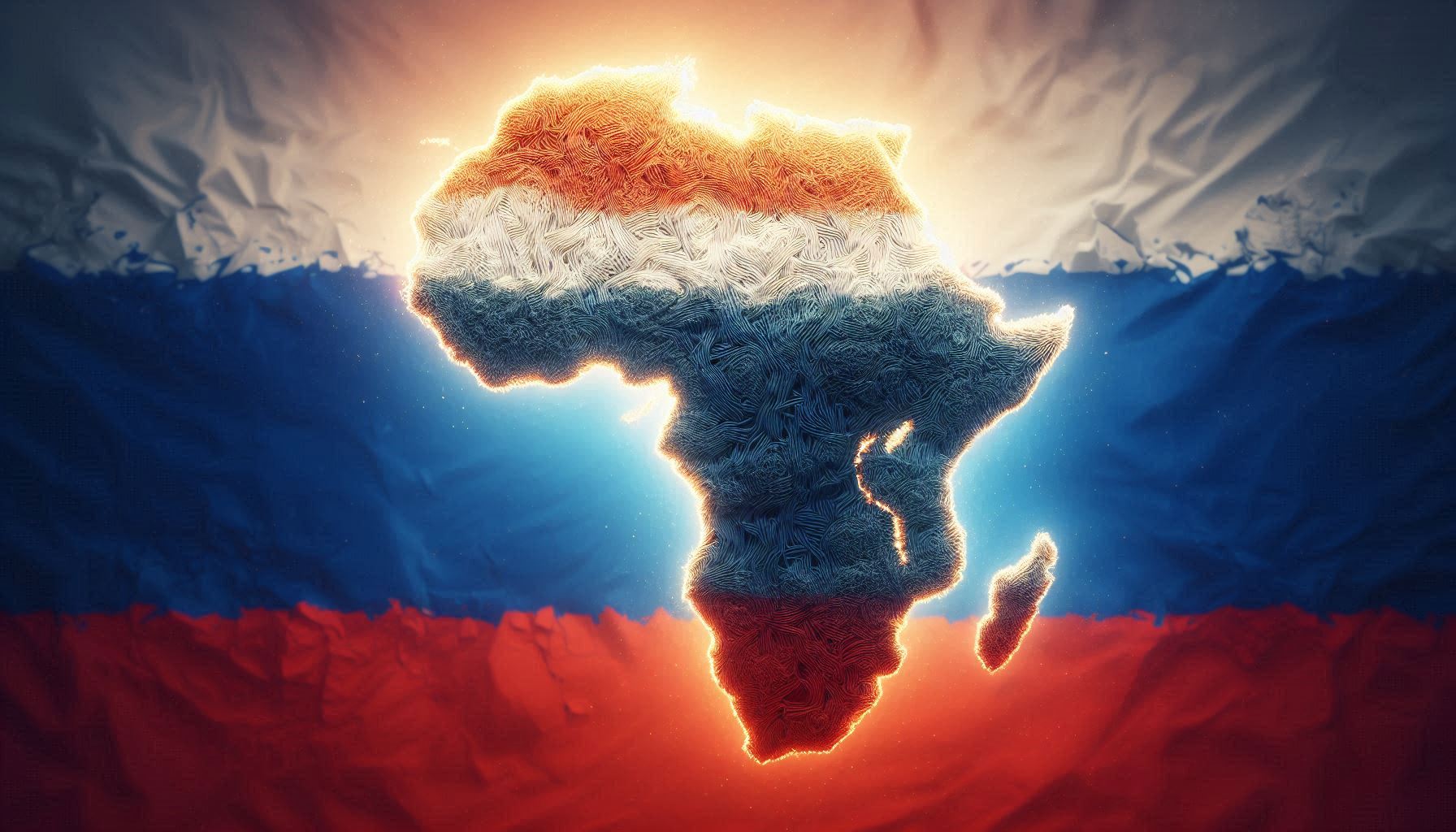
Ryska militären har skjutit ihjäl minst 11 guldletare vid den ryska militärens guldgruva i Ndassima i Centralafrikanska republiken. Händelsen inträffade på onsdagskvällen, cirka 45 mil öster om huvudstaden Bangui. Offren ska ha varit unga personer från byar i området som olovligen tagit sig in på gruvområdet i jakt på guldfyndigheter.
Enligt hjälparbetare, som valt att vara anonyma av rädsla för repressalier, sköts de flesta av offren ihjäl på platsen. Flera personer uppges fortfarande vara saknade enligt AP. Ryska militären har tidigare anklagats för människorättsbrott och avrättningar i landet.
Rysslands militära närvaro i Afrika ska gå med vinst, eller i alla fall minst vara självfinansierande. Militären får därför ofta råvarutillgångar att utvinna i utbyte för sina tjänster. En fördel Ryssland har i sin råvaruverksamhet i Afrika är att de har straffrihet.
-

 Nyheter3 veckor sedan
Nyheter3 veckor sedanRyska staten siktar på att konfiskera en av landets största guldproducenter
-
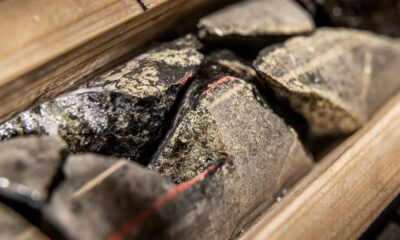
 Nyheter3 veckor sedan
Nyheter3 veckor sedanUSA ska införa 50 procent tull på koppar
-
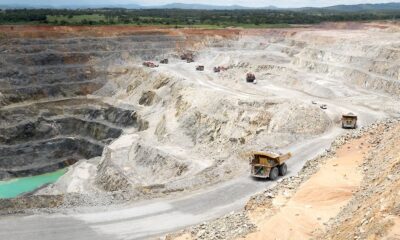
 Nyheter4 veckor sedan
Nyheter4 veckor sedanLundin Mining ska bli en av de tio största kopparproducenterna i världen
-

 Nyheter4 veckor sedan
Nyheter4 veckor sedanSommarvädret styr elpriset i Sverige
-

 Nyheter4 veckor sedan
Nyheter4 veckor sedanHur säkrar vi Sveriges tillgång till kritiska metaller och mineral i en ny geopolitisk verklighet?
-

 Nyheter4 veckor sedan
Nyheter4 veckor sedanSamtal om flera delar av råvarumarknaden
-

 Nyheter1 vecka sedan
Nyheter1 vecka sedanFusionsföretag visar hur guld kan produceras av kvicksilver i stor skala – alkemidrömmen ska bli verklighet
-
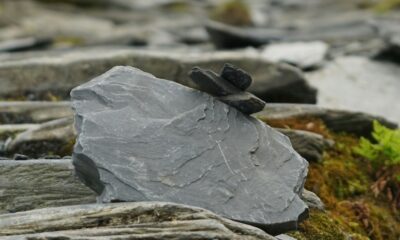
 Nyheter2 veckor sedan
Nyheter2 veckor sedanUSA inför 93,5 % tull på kinesisk grafit


